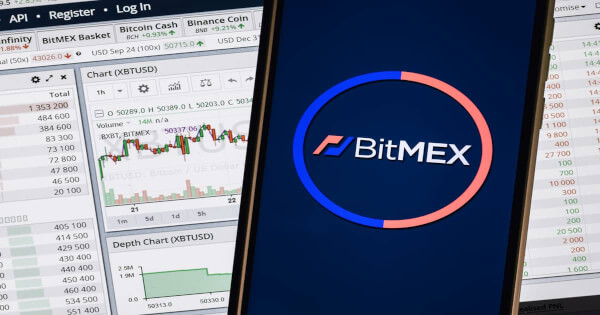Stripe, a platform that processes payments for small businesses, has released a hosted fiat-to-crypto onramp.
Stripe Releases Hosted Crypto-to-Fiat Ramp
In a press release on May 4, Stripe said the onramp option would be useful for blockchain companies. Specifically, the portal allows clients of blockchain companies in the United States to easily buy cryptocurrencies like Bitcoin, and the hosted onramp is an extension of what Stripe currently offers.
In December, they released an embeddable ramp where developers can easily insert a crypto-purchasing widget on their website or application.
The advantage of the hosted option is that businesses won’t have to embed a widget. Instead, blockchain companies would direct clients to the Stripe-hosted ramp to buy cryptocurrencies.
Stripe said that though the embeddable onramp allowed for more customization, the hosted option is way easier since no code is required. Nonetheless, both options could help blockchain companies optimize conversion and authorization rates.
Stripe clarified that their onramps have built-in fraud detection and identity verification support, enabling companies to comply with know-your-client (KYC) and anti-money laundering (AML) requirements. Because of this, first-time users have to verify their identity.
Web3 Companies Can Outsource Operations, US Banks Under Pressure
It is yet to be verified which bank or custodian will handle the fiat-to-crypto conversion. However, Guillaume Poncin, head of engineering for crypto at Stripe, said blockchain companies experiencing challenges and who choose to avoid getting involved with crypto-to-fiat conversion operations could outsource payment activities to Stripe.
With our on-ramp options, Web3 companies can now outsource a bunch of the very important but tricky pieces to Stripe—things like conversion and authorization optimization, identity verification, fraud prevention, and so on. This allows companies to focus on what’s unique to their business and helps their customers start using Web3 services quickly and safely.
Which bank a blockchain company chooses to partner with is critical. For example, in March, Circle, the issuer of USDC, a stablecoin, briefly faced a liquidity crisis following a bank run at Silicon Valley Bank (SVB), a bank in the United States.
As of March 13, Circle had a $3.3 billion USDC reserve deposit held in SVB, forcing the stablecoin to de-peg, falling to as low as $0.87 that weekend. The crisis was made worse by fears that Circle would lose the $3.3 billion reserve used to back the stablecoin as SVB looked likely to fall.
It is unclear how Stripe’s banking partner(s) is collateralized amid the current crisis that has seen several lenders in the United States collapse, inconveniencing some blockchain companies relying on their services. Since March, regulators have shut down and sold assets belonging to SVB, Signature Bank, and First Republic. More banks in the country remain under pressure.
Feature Image From Canva, Chart From TradingView
Credit: Source link















































